#West Virginia Homestead
Explore tagged Tumblr posts
Text

Strong Smelling Diffuser Oils | Narrowayhomestead.com
Our durable diffuser oils, which are available at Narrowayhomestead.com, can transform your home into an aromatic oasis. Enhance your senses and savour our distinctive combinations.
Strong Smelling Diffuser Oils
0 notes
Text

Old Pugh homestead 1969
#mine#personal#vintage#appalachia#west virginia#mountains#60s#southern gothic#homestead#old home#farm#family
2K notes
·
View notes
Text
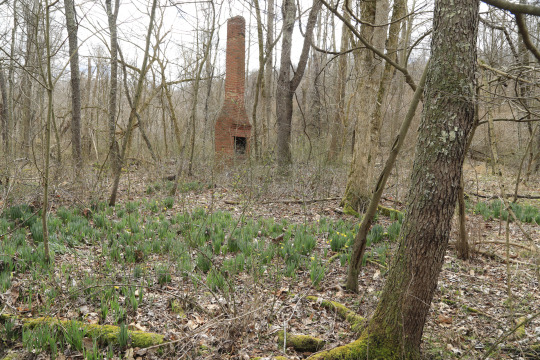

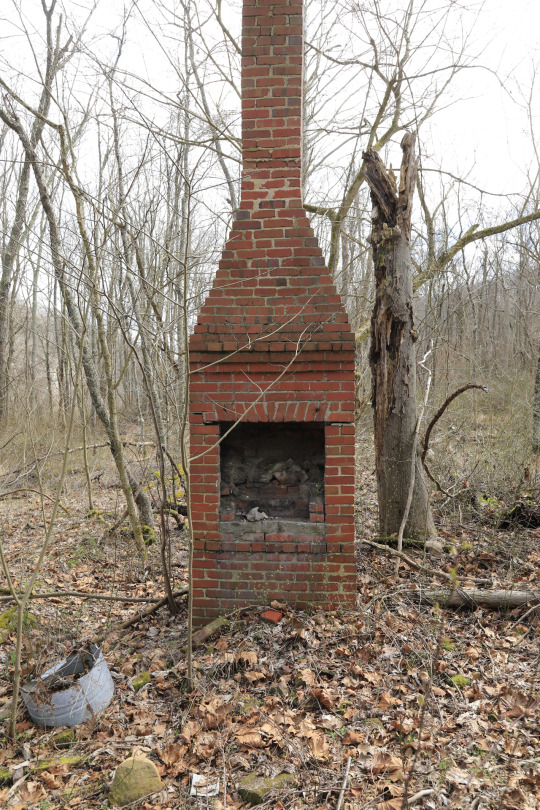

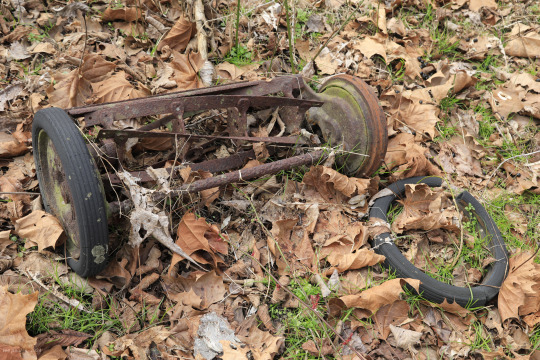

Even as forces natural or otherwise consume every last trace of our ancestors' time on earth, and we barely notice, the daffodils remember, relentlessly and passionately, and commemorate in massed reflection the ground where human claims fell to dust and ashes.
A derelict homestead on the Mon River Trail, honored lately by daffodils and moss.
#vandalia#appalachia#west virginia#mon river trail#monongahela river#ancestors#ruins#homestead#abandoned places#daffodils#verge of spring
124 notes
·
View notes
Photo




Homesteaders. Tygart Valley, West Virginia. 1939.
224 notes
·
View notes
Text
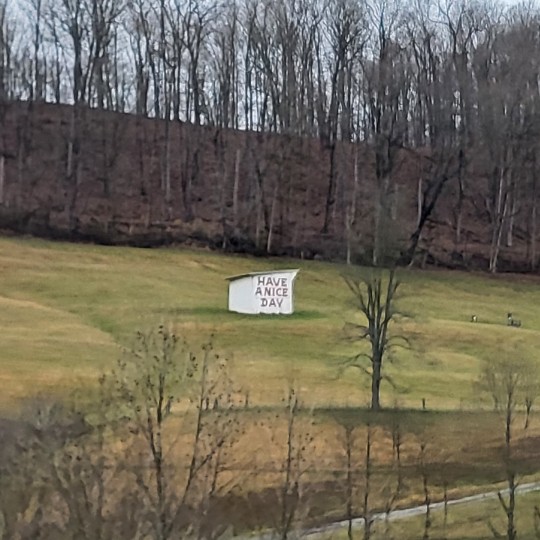


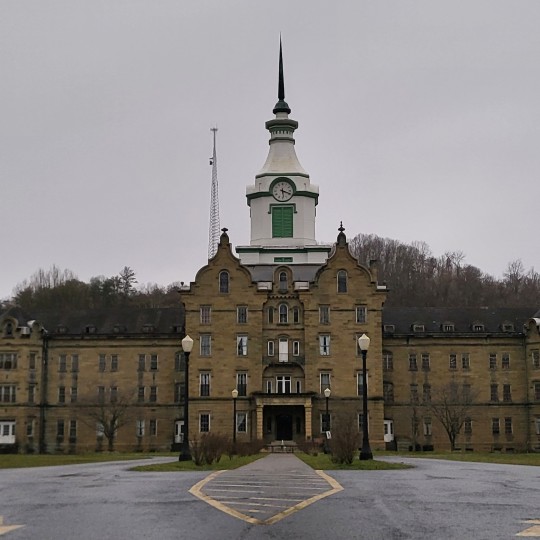
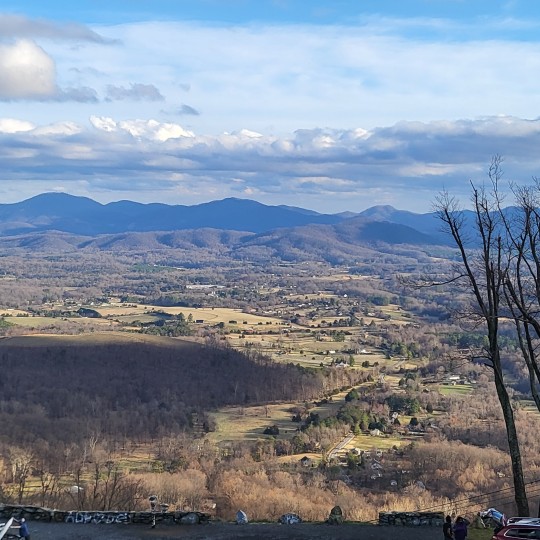
mountain mama
#mine <3#photography#artists on tumblr#naturecore#farmcore#rural#allegheny#west virginia#appalachia#holler#appalachain gothic#countrycore#grunge#country core#homestead#travel#i miss you#weston#sutton#flatwoods monster#southern gothic#americana#lizzy grant
19 notes
·
View notes
Text

Coon hide and deer hide out of the pickle
#homesteading#tanning#appalachia#ohio#mine#me#west virginia#hunting#taxidermy#cool kids smoke cigarettes
3 notes
·
View notes
Video
Pioneer Garden by Denise Powers Fabian Via Flickr: Seneca Rocks, Pendleton County, West Virgainia
#2021#autumn#fall#outdoors#Seneca Rocks#homestead#Pendleton County#west virginia#appalachia#wv#countryliving#countryside#landscape#flickr
2 notes
·
View notes
Text
Vance did not grow up in poverty or in Appalachia. He grew up middle class in the Rust Belt, in Middletown, Ohio. His grandparents were from eastern Kentucky, in Appalachia, and he visited their old homestead during holidays. His experience with Appalachian poverty is the equivalent of a student writing about their summer vacations. Vance is quick to qualify his success with faux-humility: “I’ll be the first to admit that I’ve accomplished nothing great in my life, certainly nothing that would justify a complete stranger paying to read about it.” Still, he claims the book is a representation of “the American Dream as my family and I encountered it.” He is playing off the belief, widespread in Appalachia, in my experience, that folks who are suffering from addiction, in need of social welfare, or otherwise down on their luck are to blame because they didn’t work hard enough. Vance boldly generalizes his family as “hardworking, except of course for the many food stamp recipients who show little interest in honest work.”
[...]
I don’t have the money and power that Vance does, but here’s what I’ve learned: Appalachia is a distinct place. It is easy to spin false narratives about it because not many people know much about it outside the region. Addiction is a public health crisis here, as are mental health and heart disease. Queer people, women, and non-white people live here. Its relative lack of monetary and educational resources exists alongside its wealth of natural beauty. Growing up in a place of natural beauty reminds you that the earth is alive, and it’s sick. Growing up with few resources amid addiction teaches you to make much of little, to use imagination as refuge, to be attentive to those around you, and to care for those who are not always well enough to care for you back. It reminds you that community extends past your biological family and that family is a responsibility and gift. It reminds you that salary is not the measure of a person.
27 August 2024
62 notes
·
View notes
Text
A quick little story idea I’m thinking of writing
After years of saving up, a cryptid obsessed butch from the city moves to West Virginia with the goal of homesteading and cutting down on living expenses. It was supposed to be a peaceful life with nature, their root cellar and their dog. But that dream is shattered when their clothes disappear and all that can be found are their remains filled with large bite marks. One night, the butch finally has enough and sets a trap to catch whatever is disturbing their peace….Only to catch MothFemme…
#butchfemme#butch bait#femme bait#wlw romance#wlnb romance#this is for the mothman lovers#mothman#tetrophilia#monster romance#do yall see my vision#mothfemme#yes….it would be nsft#lesbian romance#wlw#wlnb#wlw concepts#butch/femme
36 notes
·
View notes
Text
Compared to ecologically and topographically similar regions of Europe or east Asia, the northeastern United States is unusually heavily forested. One might think "well, yeah, the U.S. hasn't been settled by agriculturalists for as long and is less densely populated, obviously there's going to be less percent land cleared for farms," but this is not so! Everywhere in the northeast, our forests rise from what were once old fields. In 1860, for instance, Maine was only 60% forested by land area. Today, that proportion is closer to 90%.
We owe our current landscape to two great waves (and several smaller ones) of farm abandonment. The first happened in the decades after the Civil War, when for various reasons* northeasterners (mostly from New England) packed up their pitchforks and decamped to the midwest. This had been going on before the war too, of course, but up until then it had not been in numbers enough that the northeastern farms stopped being worked. There was always a son or two left to till up more stones from the Vermont field. But that changed after the war, and the fields started to revert to oak and maple and pine. Indeed, much of the early formal scientific study of American forestry and ecology happened in these old Yankee fields and young Yankee forests, by outdoorsy young men from Harvard with names like a Lovecraft protagonist.
The second great wave was in the Great Depression and World War 2, when for various reasons** people from all the rougher sorts of terrain the east has to offer - from West Virginia to Indiana's Brown County to the Ozarks and back to the Catskills - left their farms to come down and seek work in the then-thriving industrial cities. Much of the hilly landscape of the east that had previously been dotted with small subsistence farms, full of exactly the barefoot gap-toothed hillbillies who captured the imagination of urban popular culture with their exotic poverty and folkways when they suddenly appeared in Cleveland, or wherever, in 1933.
These pulses of farm abandonment have left very specific patterns written in the ecologies of the northeast. For instance, the fact that the poor ridgetop farms that were once extremely common in Southern Ohio and Indiana were nearly all abandoned in the 1930s and '40s means that the forests that now grow there are uniformly approaching their first century (excepting, of course, where there's been logging in the meantime.) This is almost exactly long enough for the process of ecological succession to complete itself, and the forests to move into their mature phase.
And so you read books written in the '50s, '60s, or '70s about these areas, and you notice how common early successional species are, everywhere chokecherry and black birch. Whereas today the only evidence you may see of the forest's relative youthfulness is a few very large bigtooth aspens nearing the end of their lives, surrounded by tulip poplars and chestnut oaks that will endure for many years after all the aspens are dead.
*Young men returning from war with a restlessness and a desire to leave home again; those same young men posted far from home during the war and realizing just how awful the New England soil is, lmao; Republican government policy writtrn explicitly to favor small homesteaders heading west; the late 19thc. crash in agricultural prices (as, in a few short decades, the Great Plains, the Australian wheat belt, parts of the Kazakh and Siberian steppes, the plains of South Africa, and the Argentine pampas were all put under the plow for the first time, and during an era of global free trade) making many small farms entirely unsustainable.
**Years of erosion on fields carelessly laid out on steep terrain; the Great Depression making running a small farm, ah, difficult; economic modernisation making staying as a subsistence farmer a damn foolish thing to do; new roads and automobiles making fleeing to the city easier than ever; and the TVA and other federal land grabs displacing hundreds of thousands of people.
#Slightly scattershot post but that's why it's on tumblr and not somewhere more seruous#american history#Ecological history#economic history
107 notes
·
View notes
Text
West Virginia Homestead: Embracing Self-Sufficiency in the Mountain State
The notion of homesteading has experienced a resurgence in recent years as more individuals and families seek a return to simpler, self-sufficient lifestyles. Nestled within the scenic beauty of the Appalachian Mountains, West Virginia offers an ideal backdrop for those looking to embrace the homesteading lifestyle. From fertile land and rich natural resources to a supportive community of like-minded individuals, West Virginia Homestead provides a unique and inviting environment for aspiring homesteaders.
The Appeal of Homesteading in West Virginia
Homesteading, by definition, is a lifestyle of self-sufficiency characterized by subsistence agriculture, home preservation of food, and sometimes small-scale production of textiles, clothing, and crafts. The appeal of homesteading lies in its simplicity and sustainability, providing individuals with the opportunity to live closer to nature, reduce their reliance on modern conveniences, and enjoy a sense of independence.
West Virginia, with its rolling hills, lush forests, and fertile valleys, offers a perfect setting for homesteaders. The state's moderate climate and abundant rainfall create favorable conditions for growing a wide range of crops, from vegetables and fruits to herbs and flowers. Additionally, the state's low population density and affordable land prices make it an attractive destination for those seeking to escape the hustle and bustle of urban life.
Land and Agriculture
One of the primary draws for homesteaders in West Virginia is the availability of affordable land. With over 24 million acres of forestland, the state is rich in natural resources and offers numerous opportunities for small-scale farming and sustainable agriculture. Many homesteaders choose to start with a few acres of land, gradually expanding their operations as they gain experience and confidence.
West Virginia's diverse topography allows for a wide variety of agricultural activities. In the fertile valleys, homesteaders can grow traditional crops like corn, soybeans, and wheat, while the mountainous regions are ideal for raising livestock such as goats, sheep, and chickens. The state's abundance of wild game also offers opportunities for hunting and foraging, adding another layer of self-sufficiency to the homesteading experience.
Community and Support
One of the unique aspects of homesteading in West Virginia is the strong sense of community and support among homesteaders. Many people are drawn to the state not only for its natural beauty but also for the welcoming and supportive network of like-minded individuals who share similar values and goals.
West Virginia is home to numerous homesteading groups and organizations that provide valuable resources and support for both new and experienced homesteaders. These groups often host workshops, events, and gatherings where members can exchange ideas, share knowledge, and learn from one another. The state's Cooperative Extension Service also offers a wealth of information and resources on sustainable agriculture, gardening, and food preservation.
Challenges and Considerations
While West Virginia offers many advantages for homesteaders, there are also challenges to consider. The state's rugged terrain can pose logistical challenges, particularly in remote areas where access to utilities and services may be limited. Additionally, prospective homesteaders should be prepared for the physical demands of maintaining a homestead, as well as the time and effort required to cultivate a successful operation.
However, for those who are willing to embrace these challenges, the rewards of homesteading in West Virginia are plentiful. The opportunity to live off the land, enjoy a slower pace of life, and develop a deeper connection to nature is a compelling draw for many.
For More Info:-
Homestead Coffee
Wooden Narroway Beard Comb
0 notes
Note
If you were to create a story from scratch with original characters, what would you go for and what kind of characters would you have?
I've actually use to write original stories (well snippets and short stories because I have the attention span of a squirrel and can't write long content) with original characters before really getting into fanfiction. There all on paper not digital because I was self conscious about them and didn't really think anyone would be interested in them. But I can share the premise of a couple of them on here!
The one that was very different from the other content I wrote was a piece that took place right after the Civil War. A southern farmer dies leaving his daughter Elizabeth land in Oklahoma but women aren't allowed land ownership so she becomes Elijah and begins her/his journey through the harsh wild west. On the way she runs into Caroline, a tutor from Virginia, who is on the run from the law for killing a man in self defense. Caroline suggests that they pose as a married couple so that Elizabeth's disguise as Elijah goes more smoothly and for Caroline's safety as unmarried woman. They navigate the wild dangerous world in their horse drawn buggy and start building their homestead, hoping they can live a life women could only dream of, while steadily falling in love with each other.
Ever since I read the Kiesha'ra series by Amelia Atwater-Rhodes, I have been obsessed with writing wlw shapeshifter romance stories. I've written bits and pieces of an avian x serpent love story between a rebellious avian girl and a sweet shy serpent girl. I've written an enemies to lovers arranged marriage love story between two head strong girls, one a feline shapeshifter and the other avian. And yet another between an older queen of arachnids x younger avian princess. (I have a thing for winged people so that's why there's so many avian protagonists lol)
7 notes
·
View notes
Text
Getting to be really disappointed by this book. Its titled as "The women of the American West" and so I assumed it would be homesteaders, vaqueros (vaqueras?), gunslingers, outlaws, etc. However Im nearly half through and its been nothing but Oregon Trail stories. Even the introduction (I thought) promised escaped slaves, indigenous women, escaped prostituted Chinese women... but so far its been just some racist Narcissa Whitman and Virginia Reed.
#just dont think an adult woman from boston counts as a woman OF the American West so much as TO the American West#but I guess that phrasing is weird
4 notes
·
View notes
Text
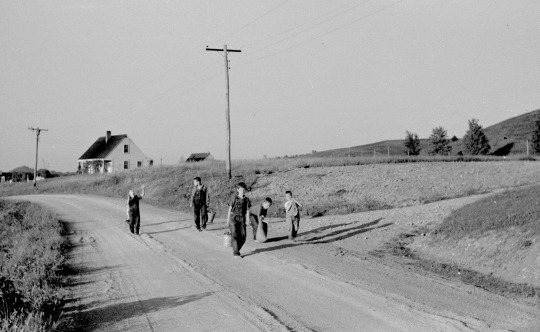
Homesteaders Children make their way in Tygart Vally, West Virginia in 1939 - archive image
2 notes
·
View notes
Text

Fleshed out and stretched some fur. These are all roadkill, and you can certainly tell.
#mine#me#appalachia#ohio#west virginia#ohio valley#outdoors#fur#trapping#homesteading#taxidermy#amateur taxidermy
1 note
·
View note